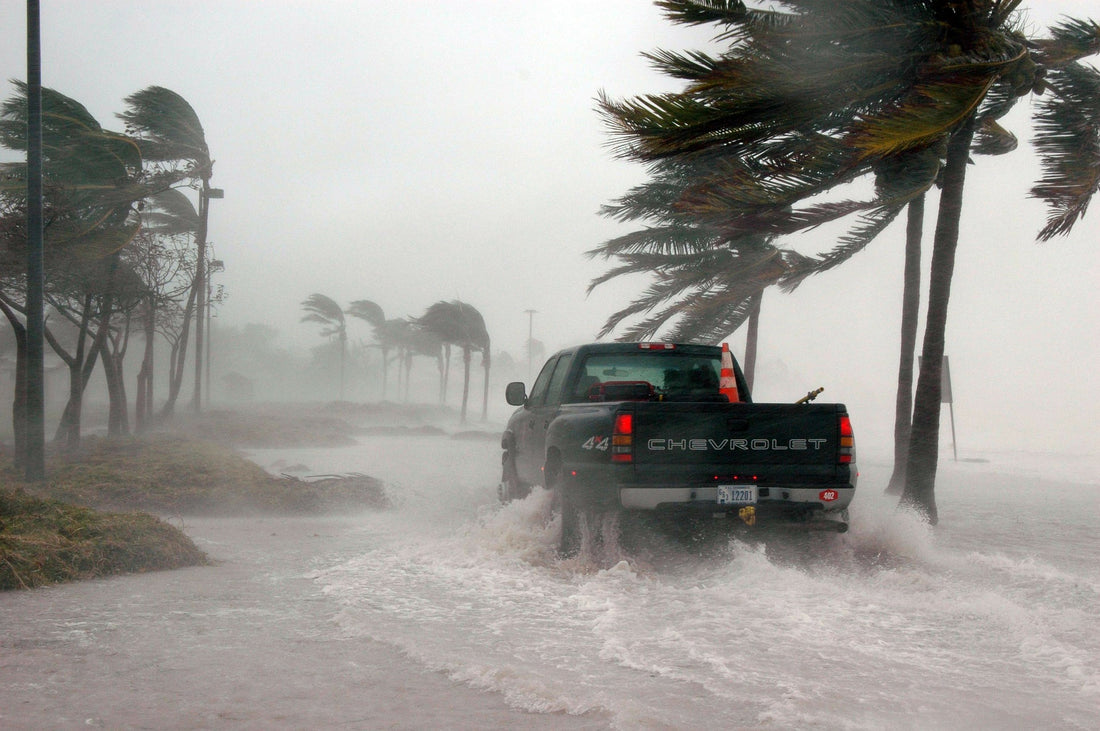
The Impact of Deforestation on Climate Change
SHOO-FOO TeamShare
The world is facing a climate catastrophe.
The statistics are shocking.
The surface temperature of the Earth has risen 1.62 degrees Fahrenheit since the late 1800s, resulting in warmer ocean temperatures and vast decreases in Antarctic ice (just under 130 billion tons of ice were lost each year between 1993 and 2016).
The world is losing its glaciers, snow is becoming scarce, extreme weather is becoming more frequent, and sea levels are rising.
It’s now imperative that the human race acts to counter the impending crisis. Of all the possible countermeasures, battling deforestation is believed to be one of the easiest ways to lower CO2 emissions.
Indeed, deforestation and global warming are intrinsically related. But how?
Keep reading to find out how tackling deforestation is key to overcoming the climate struggle.
6 Ways Deforestation and Global Warming Are Interconnected
Many factors contribute to global warming. Of them all, deforestation is a leading issue.
It’s worth noting that the impact of deforestation isn’t purely related to global warming. In fact, there are a host of social and environmental issues too. However, we’ll save those for another time.
Here’s how it’s related to global warming.
1. It Removes Trees
Forested areas play a central role in stabilizing the world’s climate.
From playing pivotal roles in our ecosystems to supplying the clean oxygen we rely upon, and reducing levels of carbon in the environment, trees are hugely important.
The climate is intrinsically better off with them around. The more trees, the better!
Yet deforestation is happening at a frightening rate. Indeed, almost 19 million acres of the Earth’s forests are lost every year. For one reason or another (we’ll go on to mention a few of them), we continue to get rid of them.
Struggling for context? Imagine 27 soccer fields worth of forest being chopped down each minute.
2. Fewer Trees Means More Carbon
We all know that (among their other immense positive qualities) trees take CO2 and convert it into the oxygen that we breathe.
Known as carbon sinks, we have the vast swathes of world forest to thank for doing something positive with our human emissions. The fossil fuels we rely upon in society release huge quantities of carbon. Trees help combat them.
Would you expect a staff-team short on numbers to cope with the same amount of work? Of course not.
Yet that’s effectively what’s happening when we cut down our trees. Moreover, the rate of fossil-fuel emissions continues to go up in some places around the world (despite international condemnation and pressure).
It’s like asking a smaller staff team to do even more work than before.
3. It’s a Direct Cause of CO2 Emissions
Likewise, we’re our own worst enemy.
The sad irony is that deforestation effectively reverses the role of trees as a carbon sponge. Chopping them down and burning them actually leads to the emission of the carbon they’ve been storing into the atmosphere.
Not only are the remaining forests less able to deal with the carbon in the air, but the very act of felling releases more of what we’re trying to reduce.
4. It Creates Pasture
The vast majority of deforestation is to do with creating pasture for cattle.
People in wealthy countries around the world enjoy their beef. But the cattle have to be raised somewhere. Deforested areas create a perfect environment to raise them. The Amazon rainforest, in particular, has felt the effects of deforestation for this purpose.
Vast areas are felled to raise cattle. Now, as we’ve just seen, the loss of trees for this purpose is problematic in its own right. But the cows themselves compound the matter.
Cows release enormous quantities of methane (a potent greenhouse gas that adds to global warming disaster).
It’s a double-whammy: the trees are felled, releasing carbon, to create room cows, which create additional emissions.
5. Humans Like to Burn it
Another leading cause of deforestation is to create firewood.
Essentially, humans enjoy using it as a heat source. Indeed, it’s thought that a significant proportion of the illegal removal of wood from a forest is for fuel.
Unfortunately for us, burning wood is another cause of CO2 emissions. Simply, the carbon that’s stored within the material is released when it gets burned. Even worse, it’s relatively inefficient, emitting more CO2 than gas, oil, and coal to create the same level of heat or electricity.
Again, carbon is released as a result of both the extraction of the timber (when the tree is felled) and via its purpose (as a fuel).
6. It Caters for a Growing Population
We don’t just chop down wood to create space for cattle.
We also do it to make room for ourselves. So-called urban sprawl refers to the growth of an inhabited area out into the surrounding environment. As population figures grow, so does demand for space. Cities and towns expand outwards to cater for increasing numbers of people.
The surrounding area is destroyed in the process. It’s hard to know what to do with this issue.
The world population is only increasing. It seems more than likely that cities will continue to grow. Effort must be put into creating sustainable homes and cities.
People play a central role in driving climate problems. Awareness has grown and acceptance of the issue has too.
However, in a consumer society, we all contribute to global warming. In essence, more people means fewer trees and more problems.
Time to Wrap Up
There you have it: 6 ways that deforestation and global warming are intrinsically linked.
Global warming represents an incredible threat. The effects of it are being felt all around the world already.
But all is not lost. As Barack Obama put it so well, “we are the first generation to feel the effects of climate change, and the last generation who can do something about it”.
Of all the contributing factors to climate change, deforestation has a major impact. And it’s a problem we can actively address.
Did you enjoy this piece? Do you try and shop in a responsible, green fashion? Then click here to see all of our earth-friendly items.

